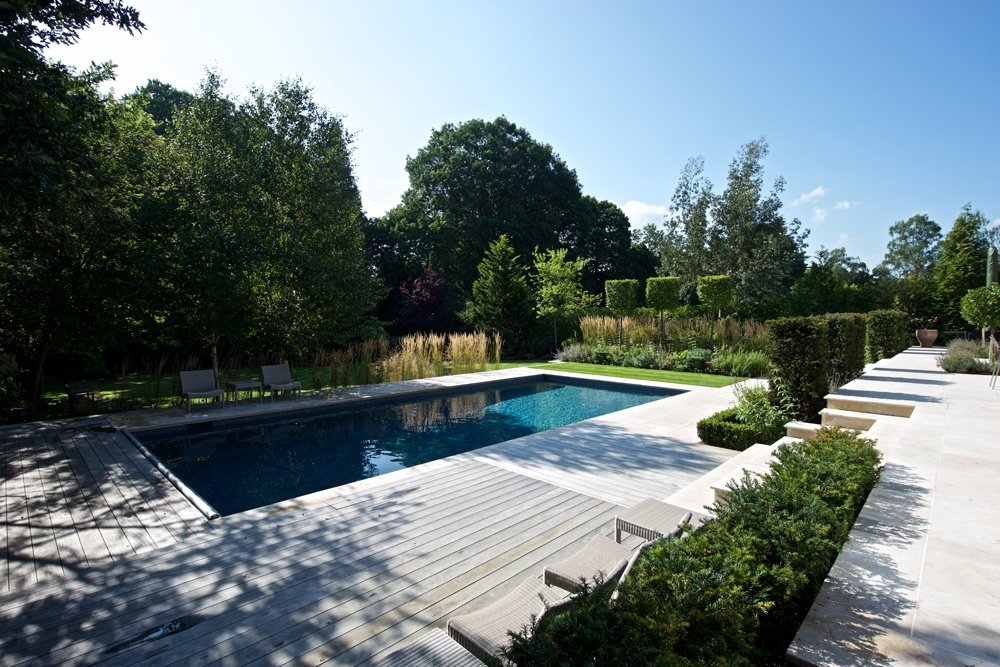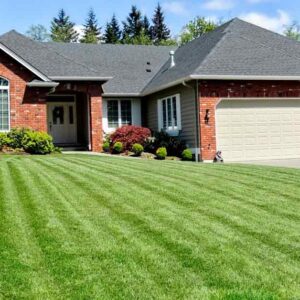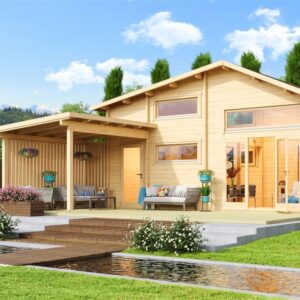Many dream of building a terrace so that they can enjoy sunny days and their garden comfortably and in a friendly atmosphere. However, from the birth of this project to its completion, it is necessary to take into account multiple parameters, and the type of soil on which your terrace will rest is one of them. In the presence of clay soil subject to shrinkage-swelling, this point is far from anecdotal, clay soils being capricious by nature. What type of terrace is best suited to clay soil? What construction process is necessary in order to obtain a solid and durable terrace on this type of ground? Which coating to consider? Decryption.
Terrace on clay soil: which construction method to favor?
On a natural ground, whether it is composed of sand, clay or earth, the main difficulty lies in the construction of a stable, solid and durable structure over time. In the case of clay soils, you should know that in the event of significant drought or heavy rains, the soil structure will change and may weaken the buildings there. In the event of rain, the clays run the risk of increasing in volume and, on the contrary, of retracting when water is scarce. To avoid the impacts of this shrinkage-swelling phenomenon, it is therefore necessary to build according to very specific processes.
As a first step, before starting to request quotes, it is recommended for this type of soil to contact a design office specializing in geotechnical studies, so that they can come and take stock of your land and that it can, depending on the results, give you reliable recommendations as to the most suitable construction technique. Depending on the nature of your soil, several techniques can then be considered for your patio work:
Using a sand or gravel bed

It is certainly the most economical solution. This technique requires a disbursement of the earth 25 to 35 centimeters deep depending on the stability of the ground then a protective film is applied to prevent the growth of weeds. The sand is then laid and compacted so that the surface is perfectly stable and flat. Concrete stabilizing slabs can also be added to increase the stability of the structure. These can be used as support for the joists of the terrace in the case of a wooden terrace. Economical, this solution does not however prevent the potential movement of the clay soil under the terrace.
The use of concrete pads or foundation screws

Placed at a depth of about 60 centimeters in order to be located in a frost-free zone underground and on a diameter of approximately 16 centimeters, the concrete studs which will support the joists of the terrace are also consolidated by metal rods. . Note that there are adjustable pedestals which may allow you to carry out possible upgrades in the future. A similar option that has proven itself: the installation of a wooden terrace on foundation screws.
The combination of foundation and reinforced concrete slab

Technically the most reliable solution, it is nevertheless also the most difficult to implement and the most expensive. In fact, to overcome the shrinkage-swelling phenomenon of clay soil, the foundations must be dug to a significant depth, generally between 0.80 and 1.20 meters. Solid and reliable, the combination of foundations and reinforced concrete slab is less subject to the movements of clay soil and constitutes a solid base for your terrace.
Building a terrace on clay soil: things to know!
This is true in all cases, but even more so in the presence of clay soil: your terrace must absolutely be separated from your house in order to avoid placing additional efforts on the latter.
On the vegetation side, if the planting of small and medium-sized plants is not dangerous for your terrace, the presence of trees nearby could however destabilize the structure and create movements in the construction. If, however, the area of your garden does not allow you to place your terrace at a sufficient distance from your trees, which corresponds to the height of the latter at maturity, make sure to install anti-root screens at a minimum depth of 2 meters.
Terrace on clay soil: which coating to choose?
Building a terrace on clay soil gives you a lot of freedom in terms of coverings. However, certain precautions must be taken.
Wooden terraces

Aesthetic and warm, the wooden terrace is a great classic that continues to please and to be very trendy. More or less expensive depending on the species chosen, this material requires a fairly important maintenance in order to last over time. To be stable and not to undergo any movements of clayey earth, the wooden terrace must, as seen above, be placed on concrete pads fixed to the ground or on foundation screws. The adjustable pedestals must be preferred in order to compensate for the unevenness of the ground existing or which could arise.
Stone terraces

Unconditional, the stone terrace brings character and elegance to a house. This noble material is also resistant to frost, easy to maintain and allows a wide choice of colors. In terms of installation, natural stone can be sealed or glued to a concrete slab previously poured, or it can be placed on a bed of sand. On clay soil, laying on a sand bed is possible, and supposes accepting that the slabs move a little over time. The combination of foundations and concrete slab is recommended in order to obtain a solid and durable construction.
Concrete terraces

Requiring little maintenance and allowing a large number of customizations, the concrete terrace requires deep foundations so as not to crack. A foundation system plus reinforced concrete slab will therefore be put in place, then covered with the finishing concrete screed to obtain the desired result.
Outdoor tiled terraces

King of imitation, exterior tiling is perfect for an easy-to-maintain terrace, provided you choose a suitable tile, which will sit, like stone, on a concrete slab structure.




